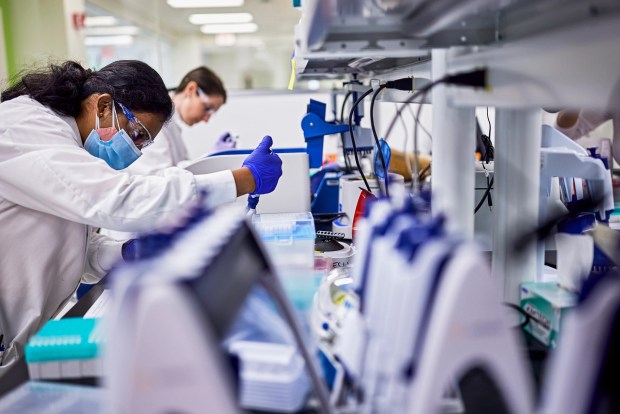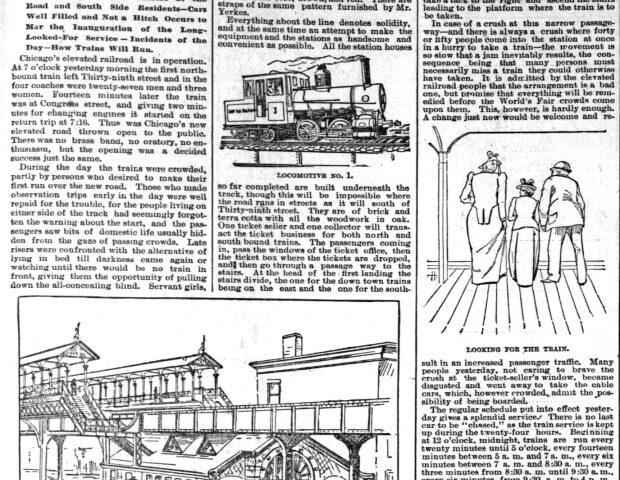AbbVie may be known to many people for its medicines like Jardiance, Rinvoq and Skyrizzi, through their television commercials, but in laboratories in a building on its 70-acre North Chicago campus a group of scientists is on the cutting edge of cancer treatment.
Though there is an emphasis on blood cancers, Andy Souers, AbbVie’s vice president heading oncology discovery research, said the scientists are also trying to find treatments that work for ovarian, lung and colorectal cancers, among others.
Working meticulously over sometimes long periods of time, looking at human cells and the molecules within them, Souers said the scientists look for ways to kill the malignant cells to improve a patient’s condition.
“We take white cells out of the body to help find ways of curation,” Souers said. “We look for ways we can just kill the tumor cells.”
As Souers and his colleagues in AbbVie’s labs work to find more solutions to treat cancer, the company is increasing its awareness campaign for cancer advocacy, including a partnership with the Chicago Cubs announced Friday, which could put thousands of dollars toward treating cancer.
Dubbed “Striking Out Cancer,” for every strikeout a Cub pitcher throws during the 2025 home season starting last Friday, AbbVie will donate $233 to Cub Charities, according to an AbbVie press release. The $233 amount is in honor of the 233 Americans diagnosed with cancer every hour.
“Together with our hometown partner, the Chicago Cubs, we aim to create greater awareness for cancer advocacy and to make a remarkable impact for those living with cancer worldwide,” Tracie Haas, AbbVie’s senior vice president for corporate affairs, said in the release.
In the Cubs’ three games over the weekend. the team’s pitchers struck out 18 batters netting nearly $5,000 to fight cancer. With 63 home games left this season, the donation could approach more than $100,000.
While the Cub pitchers are doing their part, AbbVie’s scientists continue to look for more ways to snuff out cancerous cells. Other people at the company are doing their part, getting the medicine to the patients who need it.
Lung cancer is a serious concern and receiving a lot of emphasis from AbbVie because, Souers said, it is one of the deadliest. The five-year survival rate is less than 10%, creating an urgency in the lab.
“It’s a small cell and that makes it very, very hard,” Souers said. “Our goal is to dose the patient. Once we have something which works, we go to the next generation of the medicine.”
In the labs, people and machines are working together to test and retest potential medicines until they work. Emily Faivre, a senior principal research scientist working in the labs devoted to finding effective medicine to treat cancer, said the testing is rigorous before the approval process even starts.
Holding a 2½-inch-by-four-inch specimen container with 384 wells — it’s like a honeycomb from a beehive — Faivre said each well receives a drop of material for testing through laboratory equipment.
“It reads enzyme activity,” Faivre said. “The molecules are very small. We need to know how many we need to kill a cancer cell.”

Once the medicine is created and completes the regulatory process, with the U.S. Food and Drug Administration as well as similar agencies in other countries around the world, Brian Anderson deals with the logistics of getting it to other nations.
Anderson, AbbVie’s vice president of product development for science and technology, said the company has established two distinct supply chains. If there is a problem with one, the other can pick up the slack while the issue is resolved. It assures a patient will get their life-saving drug.
“We supply these medicines to 175 countries around the world,” Anderson said. “We are doing this on a fairly large scale. Thousands of people need this product.’





